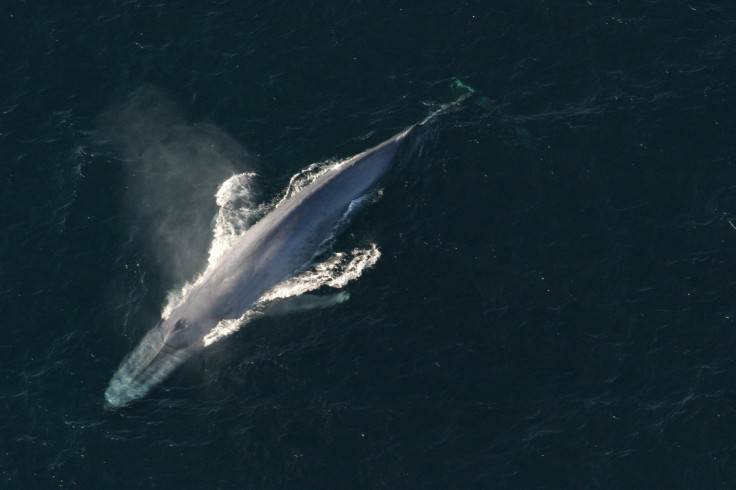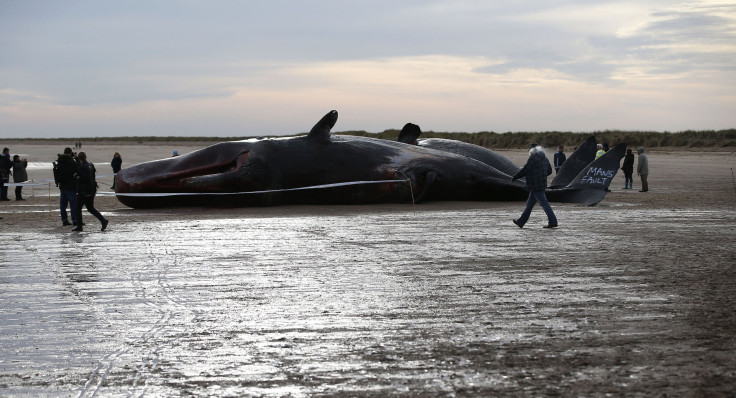Rare New Species Of Beaked Whale Discovered In Alaska

Two years ago, the remains of a dead whale believed to be a Baird’s beaked whale washed up on the shore of Alaska’s St. George city in the Pribilof Islands. Now, a new study has found that the dead whale wasn’t a Baird’s beaked whale after all, but a previously unidentified species of beaked whale that calls the deep waters of the North Pacific Ocean its home.
The study first published Tuesday in the Marine Mammal Science journal found that the whale that washed ashore was two-thirds the size of a Baird’s beaked whale. The dead whale measured about 24 feet long while the Baird’s beaked whale grows to a length of about 35 to 40 feet. The dead whale wasn’t a youngling either as its teeth were yellow and worn.
“We don't know how many there are, where they're typically found, anything,” Phillip Morin, the study's lead author and molecular geneticist at the National Oceanic and Atmospheric Administration's Southwest Fisheries Science Center, reportedly said. “It’s just so exciting to think that in 2016 we're still discovering things in our world — even mammals that are more than 20 feet long.”
The dead whale, which is yet to be formally named, was discovered on the St. George beach by Karin Holser, a teacher, who immediately alerted authorities. Morin said that she pointed out that the whale named karasu or raven by Japanese fishermen bore some resemblance to the Baird’s beaked whale.
However, it had many features that distinguished it from the Baird’s beaked whale; the newly discovered whale’s skull had a distinct slope and its dorsal fin was also different.

Morin’s team studied the whale’s carcass, acquired bone powder from museum specimens and analyzed DNA tests of whales from the Sea of Okhotsk in the western Pacific Ocean. The researchers also studied skulls and beaks and examined records from whaling fleets in Japan. They even studied a skeleton hanging from the ceiling in a high school gymnasium in the Aleutian Islands.
Their research showed that the dead whale was different from the previously known 22 species of beaked whales. Of the 22, only two are known to swim in the North Pacific area.
“The thing about beaked whales is they're very elusive," Morin reportedly said, adding that the whales tend to spend a lot of time underwater and swim deeper than 3,000 feet. They feed on squid and other deep-dwelling animals and do not jump around or spray noticeably when they rise out of the water. “They’re hard to see when they come to the surface,” he said. “They’re very cryptic.”
The new species, Morin believes, is extremely rare. Morin said that it is likely that the new whales probably travel to the tropics as the carcass that washed up on St. George had body wounds, which were probably made by cookiecutter sharks that are usually found in the tropics and subtropics. “Aside from that, we don't really know,” he said.
© Copyright IBTimes 2025. All rights reserved.






















